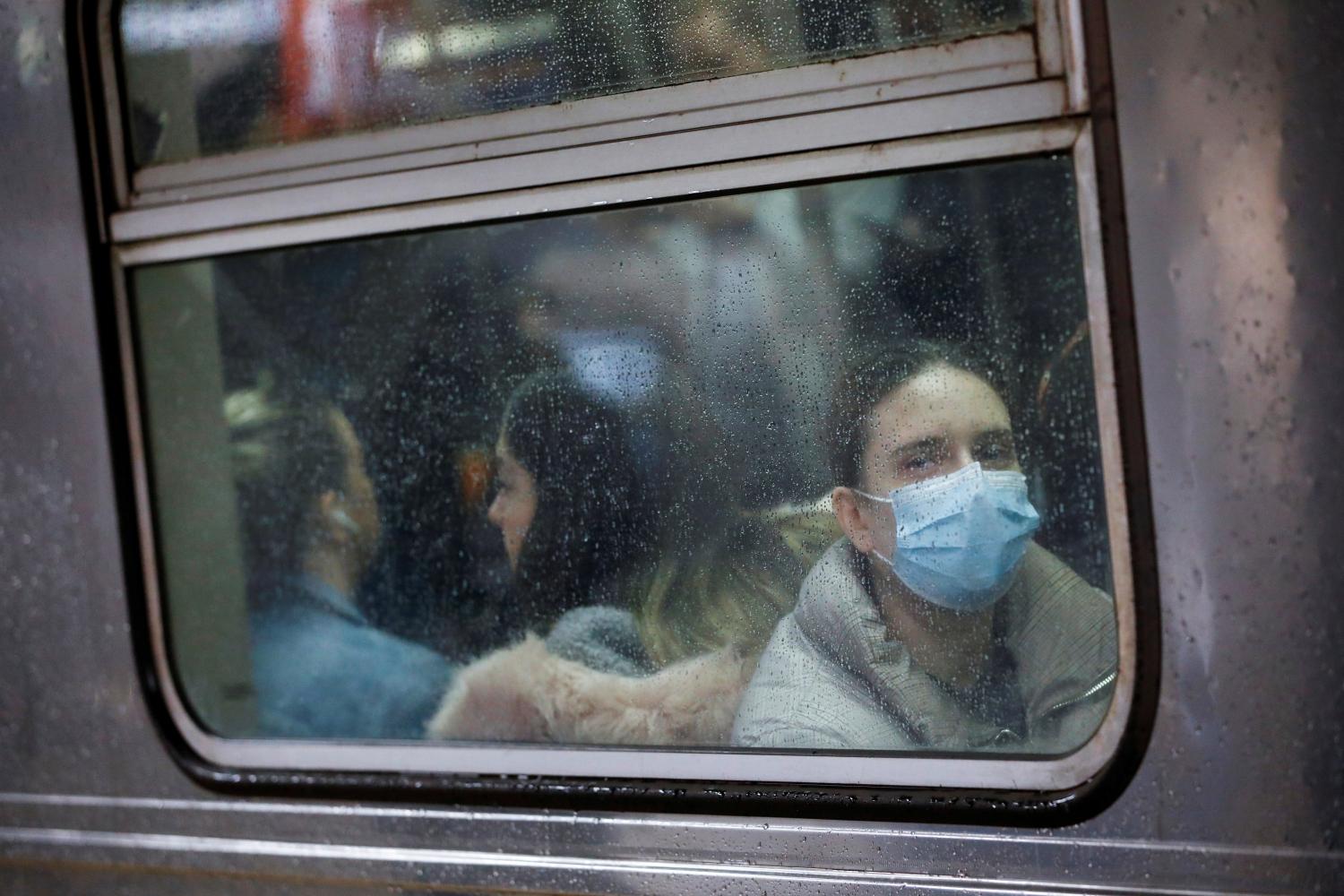As social distancing and telework rules tighten across the country, the COVID-19 pandemic is increasingly moving our daily life online. Everything from meetings at the office to happy hours with friends are all now occurring in digital space.
All of this internet use is putting more pressure on our broadband infrastructure. Just in the past few weeks, data demands have risen in nearly all categories. The previous peak has become the new average, and the surge is starting to threaten the quality and speed of content downloads. As shelter-in-place directives spread and demand increases, the question lingers of whether our broadband infrastructure can support the new normal.
This question is not new. For the past decade, policymakers have been grappling with how much bandwidth Americans need. The prevailing thought has been that rural areas have too little bandwidth, while others have more than they need. Last fall, The Wall Street Journal argued that millions of Americans pay too much for bandwidth they don’t use, even while streaming movies or downloading large files.
So even while internet users often pay for service they don’t need, our internet infrastructure threatens to be insufficient in this time of crisis. How should policymakers reconcile these opposing truths? To start, it’s important to understand that the definition of “need” is evolving. We must better understand how to build networks and policies that respond to large influxes in demand.
My perspective derives from my time leading the team that wrote the 2010 National Broadband Plan at the Federal Communications Commission. Congress directed us, among other things, to analyze how America could obtain faster, more competitive broadband.
Broadband was very different then. At the time, the average download speed was 4.1 Mbps—inadequate for the applications we knew would soon arrive. Even worse, no national carriers had plans to deploy a better network than what was available, nor plans to build the gigabit-capable networks that were already being deployed in countries such as South Korea and Japan.
Even without foreseeing the impact of pandemic, we envisioned a future that would require broadband sufficient enough to handle the demands of mass telework, remote learning, and streaming entertainment. A decade ago, we knew that the lack of abundant and affordable bandwidth would constrain economic growth and social progress, putting American leadership in the global information economy at risk.
Fortunately, efforts emerged to change that dynamic. Google Fiber, which was eager to increase the bandwidth it could offer consumers, led the most important effort. Legacy internet service providers’ were initially dismissive of the service, arguing that providing such bandwidth was nothing more than “an irrelevant exercise in bragging rights.” Within a short time, however, AT&T and CenturyLink followed their lead and started large-scale fiber upgrades, cable companies accelerated deployment of their own next-generation services, and American internet providers were in a race to offer gigabit-speed internet. Google Fiber proved to be a flawed business model but a policy success, helping drive a 34-fold increase in download speeds from 2009 to 2020.
This experience over the last decade demonstrates three important factors about network deployments that should influence the current policy debates.
First, while many industrial processes increase in incremental, constant steps, networks largely improve through big transitions to next-generation technologies. For telephone companies, the big step (still not taken in some areas) was from copper telephone lines to fiber, increasing bandwidth by 60 times. For cable, it was going from DOCSIS 3.0 to DOCSIS 3.1, enabling a download speed increase of 10X. Wireless is about to go from 4G to 5G, which increases the potential top speed by 100X. But companies might be hesitant to make these leaps, because each step requires significant up-front capital expenditures which take years to recoup.
Second, networks should be built for peaks, not averages. Just as highways are built to accommodate rush hour traffic—not 2:00 a.m. traffic—broadband networks must be as well. This also means that significant capacity remains unused much of the time. But it makes more sense to have unused capacity during average times than bottlenecks during peak times. It’s impossible for consumers to only pay for what they need because their needs shift from day to day.
Third, the real upside for the economy and society comes with new applications that will take advantage of the increased bandwidth. It takes time, but a Pew Research Center study found that 86% of expert respondents believe that in the next five years major new applications will be developed as a result of bandwidth increases, with health care and education being the sectors that stand to benefit most.
COVID-19 is putting these arguments into a new light. Previous investments have paid off because we’re now demanding broadband at a rate that old networks just couldn’t handle. How should we translate these factors into a post-coronavirus world?
Data that emerge from the current period of intensified bandwidth usage will be helpful to begin designing for the future. Right now, tens of millions of Americans are engaging in a massive experiment in broadband usage. And we will need even more bandwidth to handle future applications.
With COVID-19 increasing our incentives and tools, we have an opportunity to explore what we can do with today’s broadband capabilities. While the crisis will teach many important lessons about our networks and their coverage, it would be a waste not to reexamine how we can improve our economy, our society, and critical public goods by better utilizing the abundant bandwidth we have while once again preparing for a future that’s more online than ever.
The Brookings Institution is committed to quality, independence, and impact.
We are supported by a diverse array of funders. In line with our values and policies, each Brookings publication represents the sole views of its author(s).








Commentary
COVID-19 proves we need to continue upgrading America’s broadband infrastructure
March 30, 2020